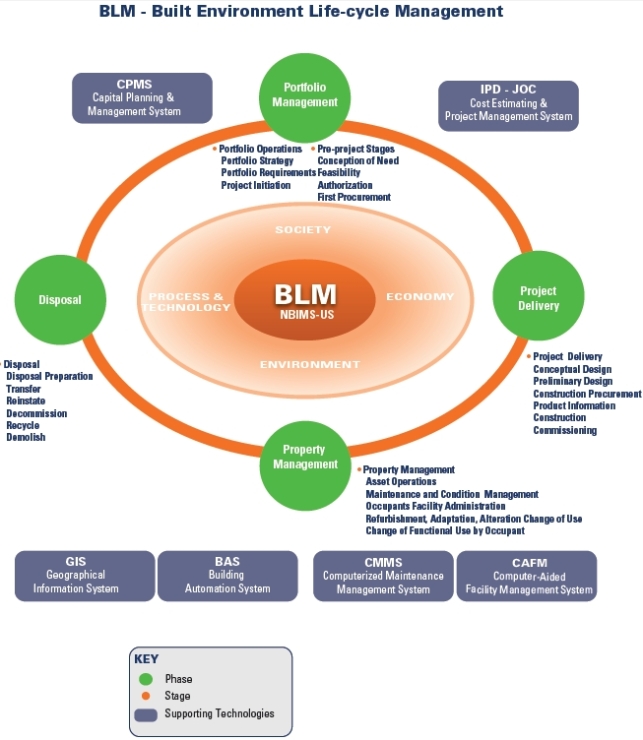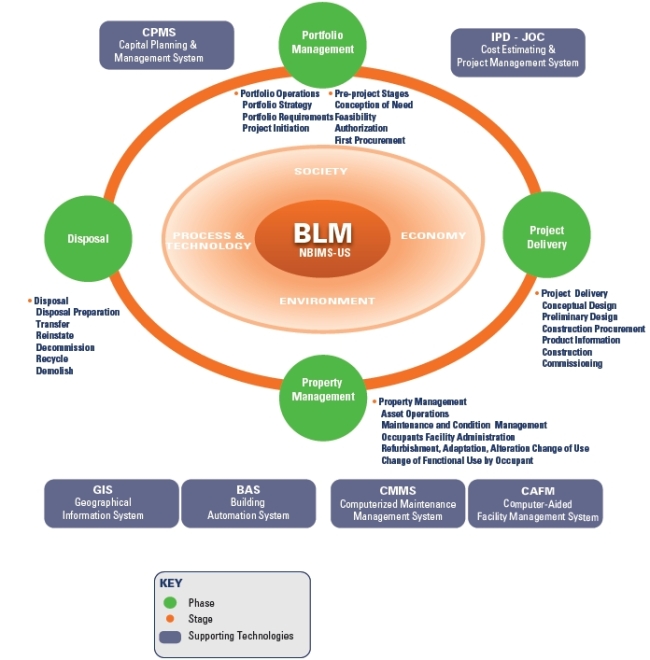Tenant / Building User Relationship Management – FM Metric #1?
How well facility managers support their tenants and/or building uses with respect to their respective organizational missions is a critical performance metric for any real property owner.
Responsiveness, Quality, and Budgetary/Financial Performance represent key areas in which facility management professionals are judged.
The ability of real property owners, in their role as facility managers/stewards to collaborate with and understand the needs of building users as well as services providers such as architects, engineers, and construction contractors determines their effectiveness with respect to improved service delivery, mitigating risk, and overall life-cycle management of built structures.
The ability of an owner/facility manager to efficiently manage their numerous renovation, repair, and maintenance projects encountered on a daily basis, as well as strategically deal with capital renewal and deferred maintenance determines ultimate short and longer term success or failure.
Collaboration, transparency, mutual trust & respects, and shared goals are critical to the achievement of superior facility management outcomes. Understanding user/tenant requirements is step one, and sharing this information with all project participants from concept through ongoing life-cycle management is necessary in order to improve overall satisfaction as well as return on financial investment.
Use of LEAN collaborative construction delivery is the single most important element in improving overall outcomes. Whether adopting Job Order Contracting – JOC, for renovation, repair, and maintenance, or Integrated Project Delivery – IPD, for major new construction, the results of proper adoption and implementation with be a high number of quality projects delivered on-time and on-budget, to the satisfaction of all involved parties.
Most Owner (approximately 73%) either lack confidence, or are only somewhat confident of the satisfaction levels of their tenants/building users. When combined with the fact that the construction sector as a whole remains highly unproductive versus virtually every other industry, the need for cultural and operational change is clear.
Isn’t it time to move beyond ad-hoc business procedures and workflows, lack of standardized information, and limited financial transparency?






